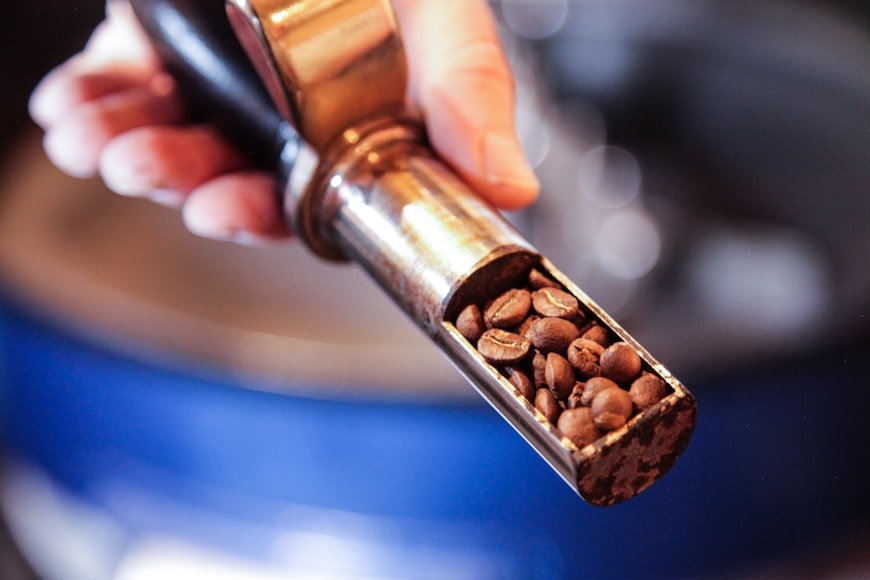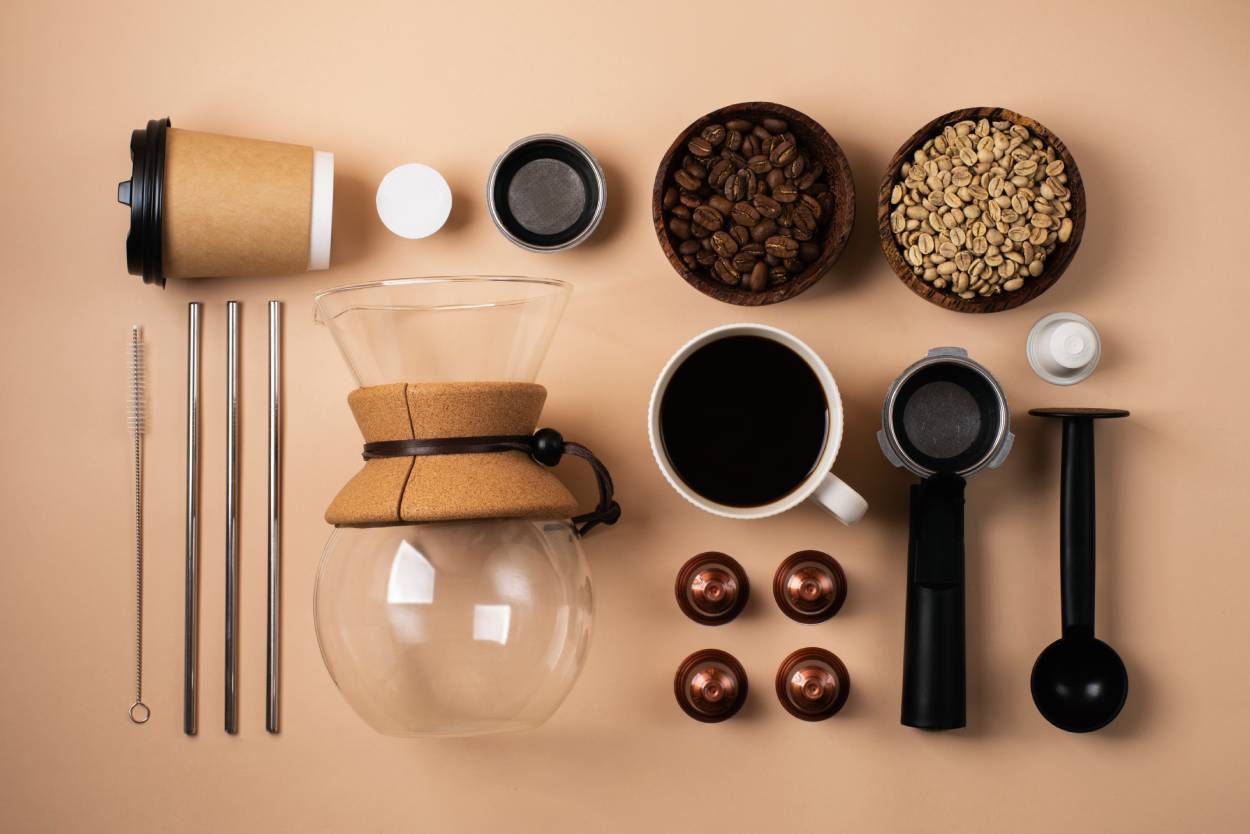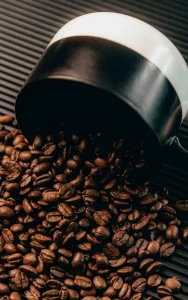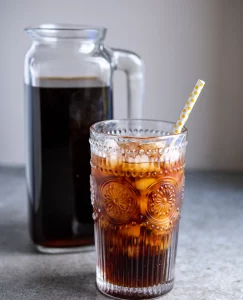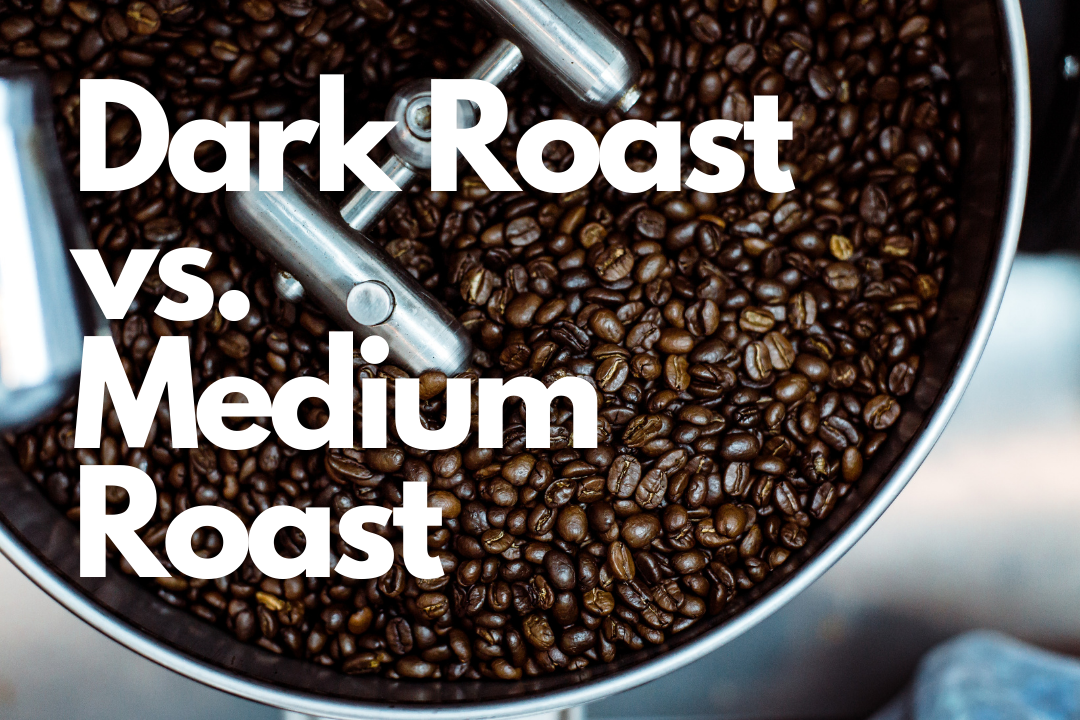
What’s the Difference between Dark and Medium Roast?
What’s the Difference between Dark and Medium Roast?
- Adam Smith
- 31-03-2022
- 31-03-2022
- 1627 views
- Coffee Beans, Coffee Shop, Coffee Store, Featured

Have you ever been out at a coffee shop and wondered what the difference was between dark roast and medium roast? Even if you are not planning to buy beans online, it still may be useful to know what these mean. This article will explain the different roasts in terms of their origin, flavor, and level of flavor.
Dark Roast vs. Medium Roast
Dark roast: Dark roasts have a strong, robust flavor. They’re usually high in acidity and caffeine, with less body and less aroma than medium roasts. The general rule is that the darker the roast, the stronger its taste will be.
Medium roast: Medium roasts are neutral-tasting but still have some characteristics you would expect from a dark or a light roast. They’re usually higher in body and aroma than light and medium roasts, making them more flavorful but still sweet enough to be considered dessert coffee by most people.
You might think that your morning cup of the dark roast will contain more caffeine than a cup of medium roast. But there isn’t an appreciable difference in the amount of caffeine between dark and medium roast coffees. The amount of caffeine in one cup versus another depends instead on how much coffee was used to make it and how it was brewed.
In other words, the amount of caffeine in any given cup is dependent on many factors, such as:
- Where the beans come from
- Whether they were washed or not
- Their variety and species
- How high the plants were grown
- Roasting technique and temperature
- Age at which they were roasted (the fresher, the better)
- Storage conditions (don’t refrigerate)
- Grind size (finer grinds have more surface area)
- Brewing method (French press has more contact time with water)
- Time left on the heat after brewing
Here are some differences between dark and medium roast:
1. Dark Roast Coffee Has a Smokier, Fuller Flavor than Medium Roast
Dark roast coffee has more body and a stronger flavor than medium roast. In addition to being less acidic, dark roast coffee is often described as having notes of chocolate or caramel. This richness can be attributed to the oils present in dark roasted beans, which have been brought to the surface through the roasting process.
The reason for this change in bean composition is because the longer a coffee bean roasts, the more caffeine it loses (a good thing if you’re sensitive!). While some java drinkers may think that dark roast is bitter (and we can see why—it’s certainly full-bodied), there are actually several different types of dark roast, from espresso to French roast to Viennese and beyond.
2. Medium Roast Coffees are More Complex and Versatile than Dark Roast Coffees
As a general rule, dark roast coffee is not as complex as medium roast coffee. Here’s why:
A lot of flavor in coffee comes from the natural oils created during the roasting process. The longer you roast a bean, the more oil builds upon its surface, eventually becoming visible even to naked eyes.
The oil makes dark roasted beans shinier than their lighter counterparts and also contributes to a bolder taste — too bold for some people. Because of its intense flavors, it goes well with meals such as steak or chocolate cake but may overwhelm subtler ingredients like delicate pastries and sea bass filets.
Medium roast beans produce less oil than dark roasts (but still more than light) for a balance of unique flavors that can be enjoyed on their own or paired with foods across the taste spectrum.
3. Dark Roasting Burns Some of the Beans’ Oils, but Medium Roasting Does Not
While both of these roasts are dark, there’s a difference. Dark roasting means the beans reach temperatures up to 500 degrees Fahrenheit. This can burn some of the oils in the bean, meaning that dark roast coffees won’t have as much oil in their flavor profile as medium roast coffees will—and those oils are what makes coffee so tasty!
Medium roast coffees retain their natural flavors better than dark roasts because they aren’t roasted for as long. This makes them more versatile and likely to taste good with just some cream and sugar added.
4. Caffeine Levels
Dark-roasted coffee beans have less caffeine than light and medium roasts because dark roasts lose caffeine content during the roasting process.
A medium roast contains more caffeine than both a light and dark roast because the latter two roasts lose more sugar and caffeine during roasting.
5. Acidity
The longer a bean is roasted, the more acidity is reduced. As mentioned above, dark roasts are roasted longer than medium roasts, meaning they contain less acidity than their lighter counterparts. If you have a sensitive stomach or heartburn from drinking coffee, a dark roast will be easier on your stomach because it contains less acid.
Acidity contributes to the overall flavor of the coffee. A medium roast offers a balance of acidity and other characteristics.
Conclusion
Ultimately, the choice is yours. If you enjoy the taste of dark roast coffee beans, feel free to buy them. However, if you don’t, they’re not necessarily worth passing up on medium roast coffee beans. Again, it all depends on your preferences, and you shouldn’t be worried about doing something “wrong.”
Most coffee drinkers will tell you that dark roast is for those who prefer their coffee sweeter, with a stronger taste. This is the opposite of a medium roast, which generally tastes more bitter than a darker roast. In short, darker and medium-roasted coffee beans have distinct flavors you may prefer or dislike.





